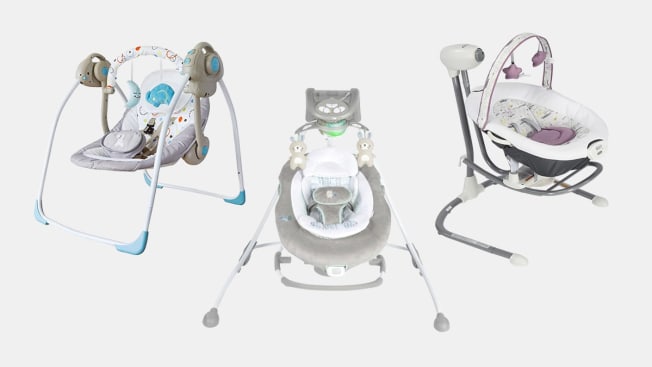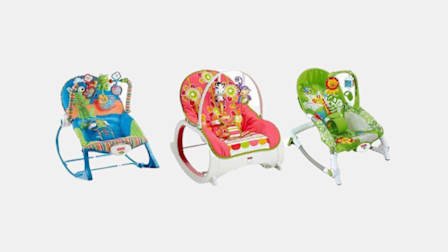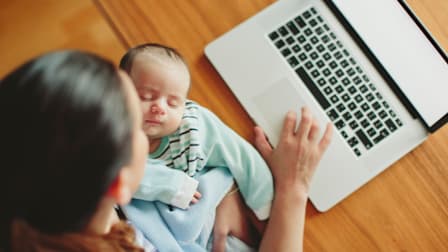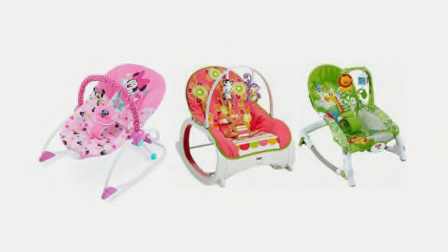Now the CPSC, which oversees product safety in the U.S., is responsible for implementing the new federal law. In the letter, Reps. Carolyn Maloney, D-N.Y., and Raja Krishnamoorthi, D-Ill., asked the CPSC to clarify whether the ban applies to all inclined products, even when they’re not specifically marketed as sleep products. These could include bouncers, rockers, bathtubs, and more.
“Simply because an inclined product is not marketed for sleeping does not mean that infants will not fall asleep in such a product, and it is important to understand how this rule would affect the full range of products that have an incline of more than 10 degrees,” Maloney and Krishnamoorthi’s letter said.
The letter asked the CPSC to provide data on the number of deaths that have been linked to products like the ones above that aren’t marketed as “sleepers” but are inclined in the same way. It also asked how the rule might apply to strollers and car seats, which are also inclined and where babies often fall asleep.
Parents and other caregivers of infants may be confused about the rules for infant sleep—and not just because they may be sleep-deprived themselves. Even if they’re aware that so-called inclined sleepers are unsafe, they might not know that the same risk exists with other similarly inclined products. Many products for babies have words like “soothing” or “lounging” in their descriptions; feature “nature sounds,” pillows, and vibrations; or are decorated with moons, stars, and other “nighttime” themes. All these features may lull consumers into a false sense of safety.
CR safety experts are also concerned about these types of products (PDF). They wrote to the CPSC in August to suggest ways the agency could best protect infants as it implements the Safe Sleep for Babies Act.
“The CPSC should interpret ‘sleeping accommodations’ as any product that parents or caregivers reasonably would be expected to use for the purpose of having a baby sleep, regardless of duration and whether or not the sleep is attended/supervised,” wrote William Wallace and Oriene Shin, CR’s policy advocates for product safety. They maintain that any inclined products that could reasonably lead parents to think they’re made for infant sleep should be banned.
Pamela Springs, the CPSC director of communications, says the agency is currently reviewing the letter and all other comments on the proposed rule while developing its implementation plan to enforce the new federal law.
In the meantime, parents and caregivers should remember that infants should always sleep on a firm, flat, noninclined surface with no added items such as blankets, pillows, crib bumpers, or toys in their sleeping space. If babies fall asleep in an inclined product, they should be moved to a crib, bassinet, or play yard.





















